I still haven’t found a bar that will serve me a terremoto, the illusive cocktail that the concierge at the San Cristobal Tower insisted I must have in order to truly say I’ve been to Santiago. It’s not that I don’t know where to get one—I do. Several people have said, “Just go to El Hoyo. That’s where the terremoto was created.” But that would be too easy. I want to have a terremoto at some place like the wine bar at the Ritz-Carlton. While I’ve been desperately searching for a classy Ms. Terremoto, I’ve learned a little something about the drink.
Here’s the English version of how, according to El Hoyo “the famous drink called Terromoto (sic)” was created: “Everything began in March of 1985, when German reporters came to Santiago to cover the damages that the recent earthquake had caused. Due to the heat they entered our restaurant to request something to drink. Pipeño and by request of the foreigners a little fragmentation of pineapple ice cream was added to it, when they taste, one of them exclaimed “!that is an Earthquake”..This is born of the name Terremoto.”
Lovely story though I doubt any of it is true. Except the fact that terremoto does, in fact, mean earthquake. But, really, can you imagine a bunch of hot, sweaty, beer-swilling German journalists stopping in some little Santiago picada and asking for pipeño and “a little fragmentation” of pineapple ice cream?
Uh-uh.
But at least we now know what goes into a terremoto, right? Well, sort of. I mean, what’s pipeño?
Did you ever drink any ghetto wines in college like Ripple or Thunderbird? Well, that’s what pipeño is like—a sweet, fortified young wine that tastes best, obviously, when mixed with something subtle like pineapple ice cream (god, if the winos could only get their hands on some good sorbet). Not that I’ve sampled any to know, but I hear that at some places they add a little chicha to the mix, just to really mess you up (chicha goes way back to the Spanish conquistadors, before they had screw tops and sterilized bottles. What the Conquistadors would do is fill a big copper pot with grape juice and boil it for a week or so and then let it ferment. This way it wouldn’t lose its taste or alcohol content. I guess you could say chicha is sort of like non-distilled pisco, which is like grappa, which is like…well, you get the idea).
Speaking of pisco, which I quite like, the kids here have a drink that is sort of the Chilean version of a cuba libre called piscola—coke and pisco. Which is much better than a jote (red wine with cola) or a fanschop (half tap beer, half Fanta orange pop) or a chacolí (hard cider mixed with orange juice). But if you go out drinking with your buds at some place like La Piojera (which translates, appropriately enough, into “flea house”) another good place, I’ve been told, to get a terremoto, you will, after everyone runs out of money, inevitably end up with a bigoteado. Making a bigoteado is simple; you just wander around the bar picking up the leftover dregs—pisco, gin, beer, red wine, pipeño, whatever—pour into a tall glass and stir.
Cheers!


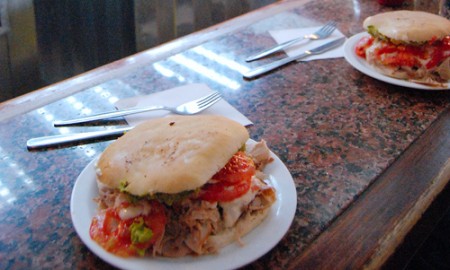
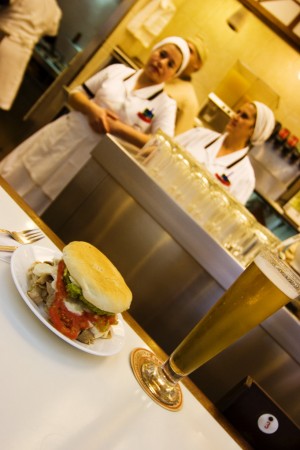
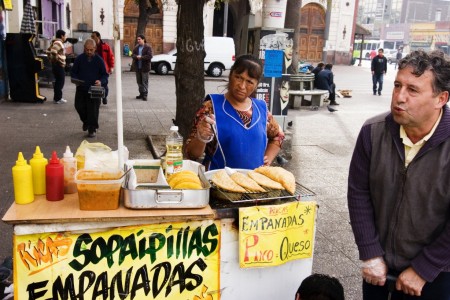
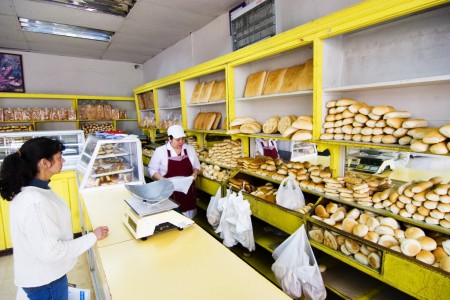

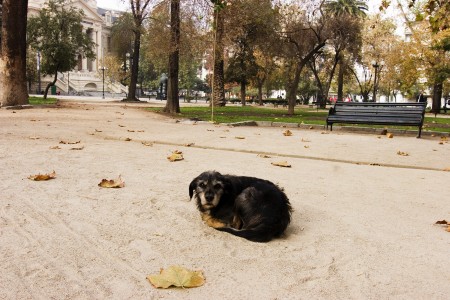
Recent Comments